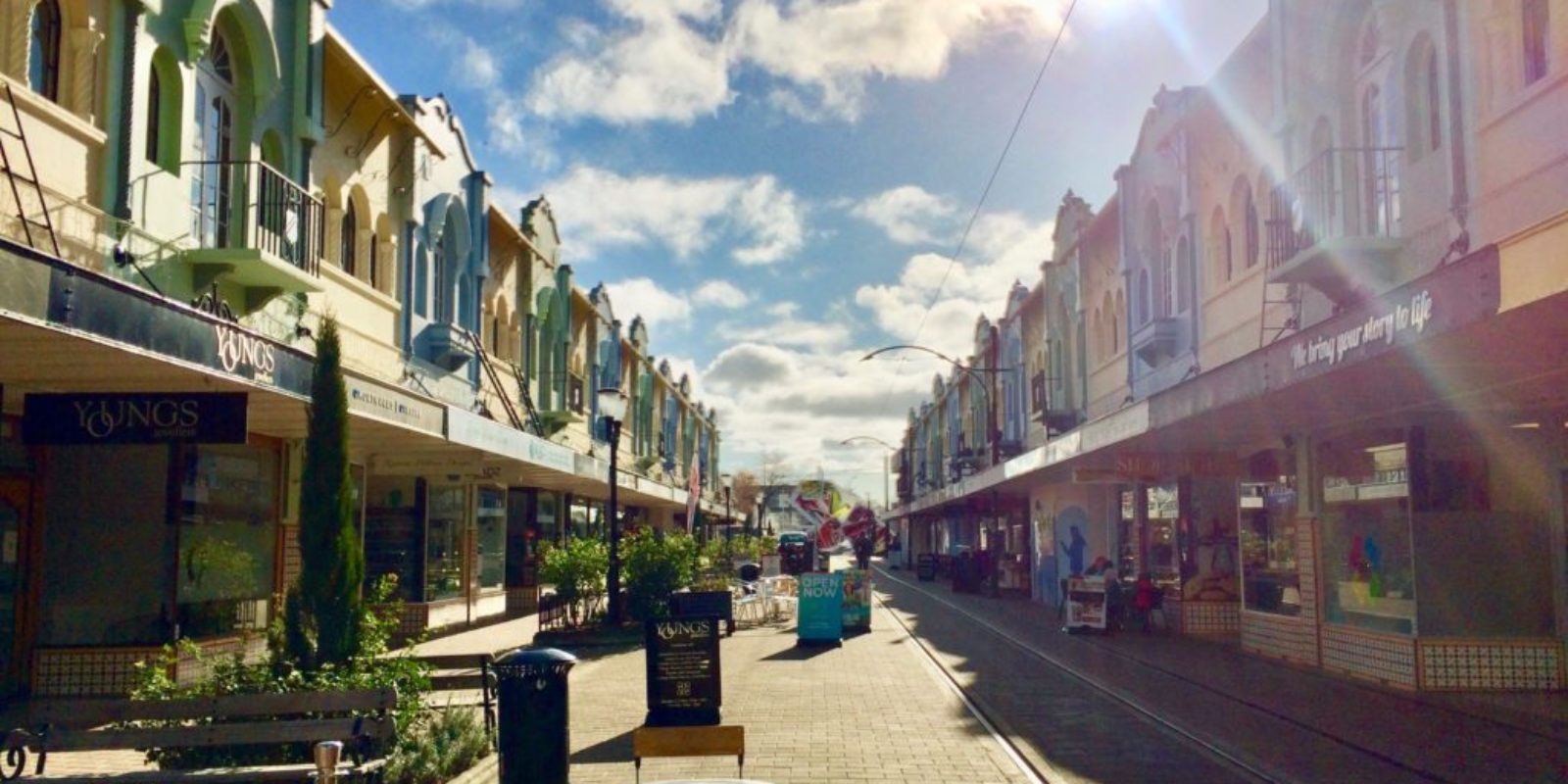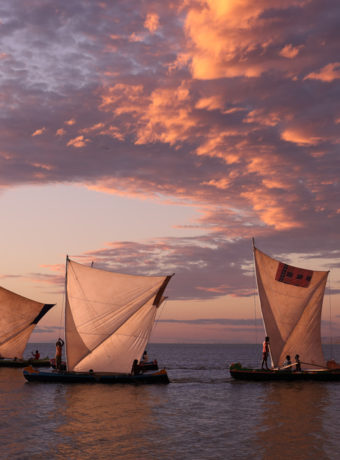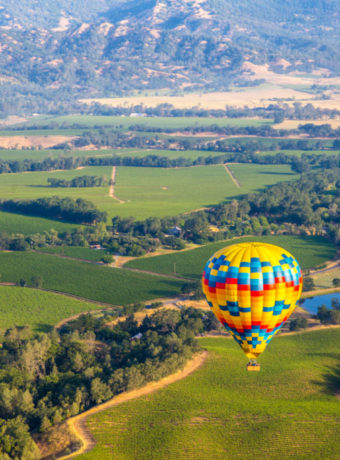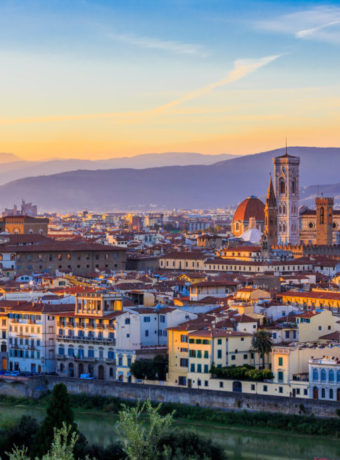There are few cities as interesting as Christchurch, New Zealand, in my opinion. It suffers more earthquakes on a daily basis than most other inhabited places, it’s a little England plopped into the chilly sub-Antarctic South Island, and it’s only one of eight pairs of cities worldwide with an exact antipodal city. There are other unique aspects of the city, too, like how it’s only one of four cities to be planned around a central park. Or how it’s a base for scientific Kiwi, Italian, and American Antarctic explorations. But my favourite thing about Christchurch is how central it is to almost every other landscape in New Zealand.
Christchurch, New Zealand
The first evidence for settlement in the Canterbury Plains area dates to 1250AD. It’s generally assumed that the first settlers were moa-hunting Maori tribes. (A moa is a large flightless bird, now extinct. They were hunted into extinction by Maori tribes in the 15th century.) English settlers purchased land from the Maori in the 19th century and in 1850 the first of four ships arrived at Lyttleton Harbour. These four ships brought nearly 800 pilgrims, who settled the city.
Did you know? Christchurch is the oldest established city in New Zealand, but not the first settlement.

The Canterbury Pilgrims, as they were called, modelled their new (planned) city after Christ Church, Oxford, England, and built a beautiful greystone cathedral. On July 31, 1856, the city was deemed a city by royal proclamation. The city’s old buildings, many of which are Gothic Revival style, date to this period. These include the gorgeous former home of the University of Canterbury, which is now the Christchurch Arts Centre.
Christchurch, New Zealand is one of few planned cities to incorporate a central square, then a series of ring roads with complementing city squares, and finally parkland around those. The only other cities planned in such a manner are Philadelphia, Pennsylvania (USA), Adelaide, South Australia (AUS), and Savannah, Georgia (USA).
Today, Christchurch is in the rebuilding phase after a devastating 2011 earthquake that killed 185 people. Far from being abandoned, the city’s efforts continue and there’s a certain vibrancy about the city, which I love.
What to do in Christchurch

Most people go to Christchurch, New Zealand to learn more about the earthquakes, explore the city’s English heritage, and visit the stunning Banks Peninsula. Within the city, there are several interesting museums and attractions. Personally, I love the botanic gardens. The River Avon meanders through the park, and I felt like I was in an English park, not a New Zealand one. The Arts Centre is nearby and well worth a visit too. This was also the location of the original University of Canterbury, and many of the greystone buildings still stand.

You must also visit the cathedral to view the extensive earthquake damage. The entire complex is fenced off, but there is a good outdoor exhibit. This exhibit has information about the earthquake and the subsequent recovery efforts. It also goes into detail about why they decided to stop working on the cathedral. The new cathedral, lovingly called the Cardboard Cathedral, is several blocks away at Latimer Square. It sprung up in the wake of the earthquake, after the congregation had nowhere else to practise. It is called the Cardboard Cathedral due to the 86 cardboard tubes that make up parts of the cathedral.

Another creative endeavour that showed up in the wake of the earthquake is the re:START mall. Located on Cashel Street, the mall is constructed from colourful shipping containers that house independent retail shops. It has grown over the last five years to include restaurants and cafes in addition to local clothing and gift shops. A second great place to find interesting local bars and restaurants is in Strange Lane, a few blocks from the re:START mall.
Outside the city
There are three excellent places outside of Christchurch, New Zealand that are worth visiting. While it’s possible to do a day trip, I recommend spending at least one full day in each place.
The Banks Peninsula

The Banks Peninsula is one massive volcano. More specifically, it is the remnants of two composite shield volcanoes. It formed approximately eight million years ago. From space, the Banks Peninsula is a roughly circular shape with many little bays and harbours. The most popular town on the Peninsula, which is about an hour from the city, is Akaroa. Akaroa is a small resort town; it was settled by the British following rumours of French settlement. The British arrived first, claimed the land, and when the French arrived they were (probably) quite put out. They did establish a trading post here, and the current town still have traces of the French heritage.
There is an absolutely lovely New Zealand luxury lodge near Akaroa. Called Annandale, their motto is “stay where the world can’t find you.” (Their sister property is the former Vanderbilt playground at Lake Kora, New York (one of the best places to stay for fall foliage viewing!).) Akaroa also has quite a few bed and breakfasts with great views out over the harbour.
Kaikoura

In Maori, Kaikoura means “to eat crayfish,” crayfish being lobster in New Zealand. There’s excellent fishing, dolphin watching, and whale watching in the area. A popular waterfall where baby seals swim lies just north of town at the Ohai Peninsula; however following the 2016 earthquake it will never be the same. It is, supposedly, still accessible. There is a luxury treehouse lodge just north of town. Kaikoura is popular for whale watching off the east coast of New Zealand. This can take place all year long, although each season sees different kinds of whales migrating along the coast.
(PS – want to see a really cute video of baby seals playing in the waterfall? Check out my Facebook page!)
Arthur’s Pass

If you have a car, then getting out of the city and into the mountains is an ideal three to four day adventure. If you don’t have a car, then you can take the TranzAlpine train that runs between Christchurch and Greymouth (on the west coast). Either way, you’ll end up travelling through the famed Arthur’s Pass. If you’re travelling independently, then you can stop and hike at one of the many DoC trails in the pass, explore the unique rock formations at Castle Hill, or camp under the stars along a remote mountain lake.
There are plenty of skifields near Christchurch too. Head for Methven and Mt Hutt or Porter’s Pass. These are a great alternative to the busier fields near Queenstown and Wanaka!
**
Auckland || Rotorua || Napier || Wellington || Nelson || Queenstown || Dunedin




